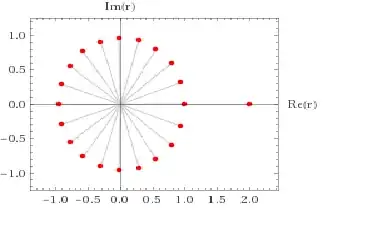Using differential equations , I have seen some sites which solve the fibonacci number problem and give us a formula to find the nth fibonacci number.
Similarly I want to find the nth fibonacci number where each number is equal to "LAST THREE" numbers.
Example :
0 1 1 2 4 7 13 .....
How to get the exact formula to find the Nth fibonacci number by removing the recursion from it ?
F(n) = F(n-1) + F(n-2) + F(n-3)
After solving the differential equations :
F(n) = Expression of constants which only depends on "n" .
What is the formula for F(n) ?
Also is it possible to get a formula to find the Nth fibonacci number where each number is equal to the sum of previous "M" numbers ?
F(n,m) = ???
Note : I am not a math student :/
